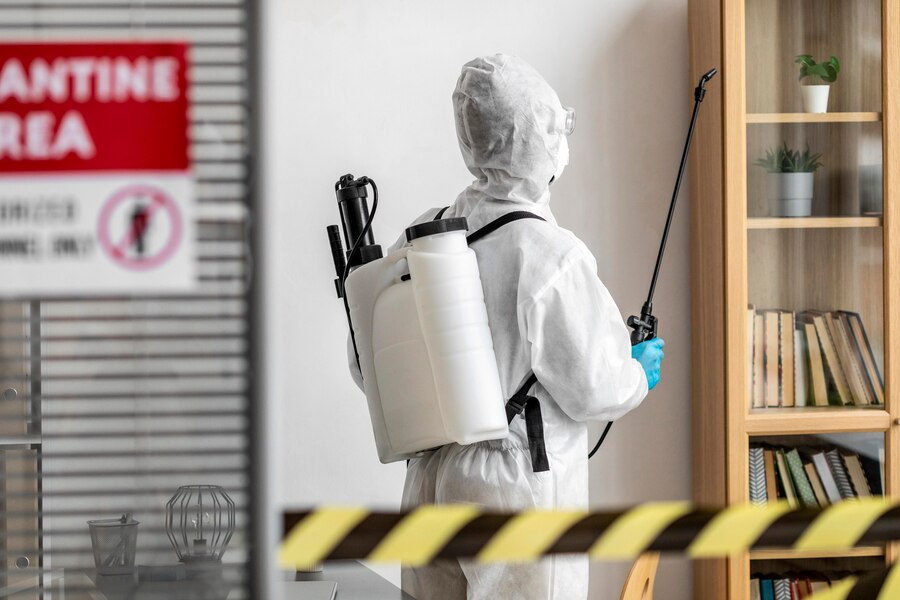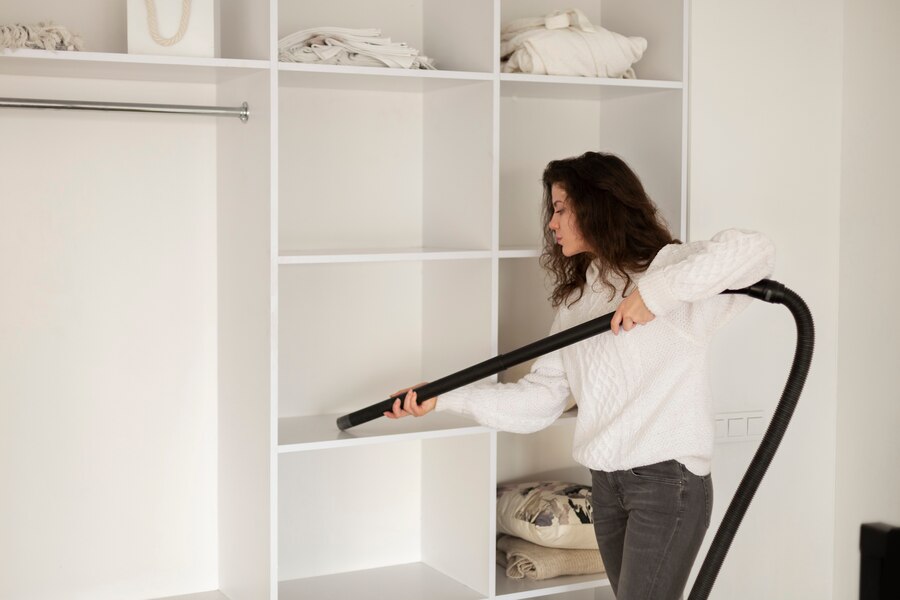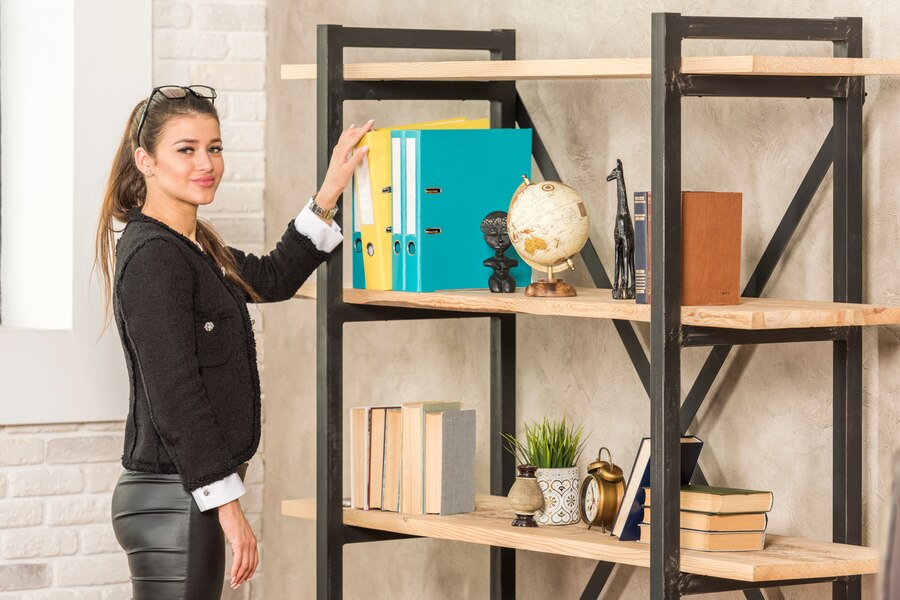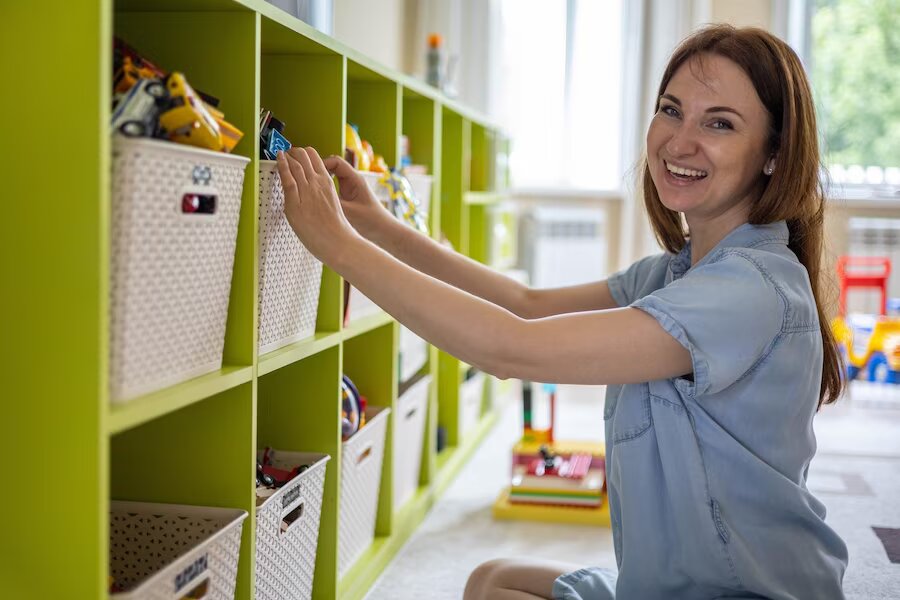Chronic household disorder scatters attention while tidy spaces provide calming escapes from external chaos, explains de-cluttering guru Marie Kondo. She confirms mentally framing separate storage and overflow inventory extensions of active living areas facilitates extracting stressful mess collections from rooms.
For instance, Steve’s garage is no longer overwhelmed with layered paint cans and holiday tubs after relocating contents categorized neatly into his rental locker just downstairs instead.
Externalizing surplus possessions in defined hidden spaces alleviates mental taxation from endless sight clutter. The order establishes homes becoming restorative sanctuaries, nourishing wellbeing drastically.
Preserve Open Airflow And Natural Light Inside Residences
As industry leader NSA Storage advises, transferring towering piles of possessions into supplemental storage spaces prevents permanently obstructing ambient airflow and light circulation inside homes continuously.
Environmental design consultant Rebecca Roberti confirms, “We recommend homeowners avoid lining entire walls with boxes or furniture blocking ventilation/brightness gains from windows worsening allergens and mood.”
While categorizing into external lockers facilitates retrieval freedom when desired, removing clutter volumes restores architectural elements designed to improve internal space livability even in modest rented apartments. Restructure excessive quantities, unlocking rooms from suffocation back into openness, uplifting inhabitants’ spirits.
Prevent Pest Infestations Attracted To Disarray

Without orderly containment, household vermin and insects infiltrate, consuming edible clutter and breeding within piles, including:
- Mice chewing through boxes accessing packaged foods
- Pantry moths infesting grains and cereals
- Fleas spawned by pet fur tumbleweeds
- Fly swarms spawned by standing grime
Note: Also store offsite, seasonal apparel susceptible to moth larvae rather than cramming inside unmanaged attics/basements.
Prevent Hazards from Misplaced Items with Organized Storage
Tripping over obstructing possessions scattered across floors risks severe injuries, cautions health and safety administrator Winston Lloyd. He advises “Carelessly snaking extension cords between piles already caused neighbor domestic falls this winter.”
Always restoring pathways post-activity prevents accidents. Start by measuring square footprints, then map furnishings appropriately scaled, leaving ample walking clearance surrounding each traffic direction. Dedicate miscellaneous shelves displaying select visually pleasing items rather than everything overwhelming ultimately buried under anyway.
For electronics cabling, utilizing discrete wire tracking between central outlets minimizes exposure along designated footpaths. With remaining items easily accessible from organized storage instead of tripping hazards lingering underfoot indefinitely inside residences, interiors transform healthier navigating every family member and guest. Take preventative risks seriously as livability and legal liabilities remain at stake, benefiting wellbeing.
Clutterless Spaces Simplify Cleaning Regimens

Regularly disinfecting home spaces protects inhabitants against illness transmission through:
- Dusting surfaces without obstruction speeds up the elimination of allergen particles, according to CDC health guidance.
- Vacuuming floors uninhibited from object intrusions into under spaces.
- Mopping floors cleanly containing limited furnishings needing manual relocation temporarily.
- Accessing then scrubbing walls/ceilings instead of arbitrarily stacked furnishings preventing through reach.
With lives busier than ever before, weaponizing orderliness and alleviating exhaustive heavy cleans makes maintaining sanitization regimes achievable rather than postponing dreading the nightmare ritual indefinitely!
Applying Feng Shui Principles Arranging Storage Spaces
Professional organizers study feng shui layout contemporary lifestyles applying ancient Chinese spatial arranging traditions homogenizing home energy “Chi” flows. As Marie Kondo shares, “Placing ‘like with like’ categorically and removing clutter symmetrically balances rooms optimizing harmony.” Storage spaces concentrate positive “Chi gathering” by neatly aligning matching inventory facing orderly directionality east/west per wisdom.
Keep tops visible, avoiding “lid down chaos energy blocking” so spirits are uplifted rather than intuitively sensing disorder entering spaces. Combine careful wastefulness avoidance by following joy-sparking techniques: fill minimalist shelves displaying aesthetically pleasing collections rather than stuffing textiles arbitrarily into overflowing boxes frustratingly.
Curating joy and tranquil spaces enrich well-being through applied philosophies that are globally recommended unitarily by holistic wellness practitioners in these modern times. Life feels lighter every day within gracious surroundings thoughtfully de-cluttered this way.
Assess Geographical Area Before Transferring Possessions
When selecting storage sites assisting long-term memorabilia preservation, consider regional climate factors, safety history, and pest resilience before relocating irreplaceable valuables to ensure continued integrity protection storing over decades.
Tips To Organize Your Storage Units

Renting a storage unit is easy, but organizing it is difficult. Storing things in a willy-nilly manner will never help you out. So, you should know about the right tips for organizing your unit. Below are some of them:
Box Labeling
For starters, a crucial aspect of organizing your unit is to label all of your containers. If you want to find a certain item, labeling boxes helps you do so. Ensure that you label them on top and sides and number them order-wise. In case you have already packed up, don’t start re-packing because it would be a waste of time. But try to remember this point from the next time you are packing.
Make A Master List
Once you have labeled your containers in order, it’s time to make a master list. It might seem ominous, but a master list helps you a lot. Taking note of the box number and its content helps you to organize stuff. This gives you an idea about what items are stored where.
Organize Accessible Items In The Front
Certain things are needed every day, others are not. So, why not keep useful items in the front while placing the less useful ones at the back of the unit? This makes it easier to take out things without having to ram out other items. For example, winter wear or other accessories can be accommodated at the back while necessary items might be kept in the front.
The Bottom Line
So, that was all about organizing your storage units. It is important to remember that how you organize things decides your ease-of-life approach. So, make sure you do the right thing by getting ideas from this article.
And that’s a wrap on this comprehensive guide. I hope it helped you gain the necessary insights into storage units. Thank you for reading till the end. Also, don’t forget to share your thoughts in the comment box below.
Read Also:

















